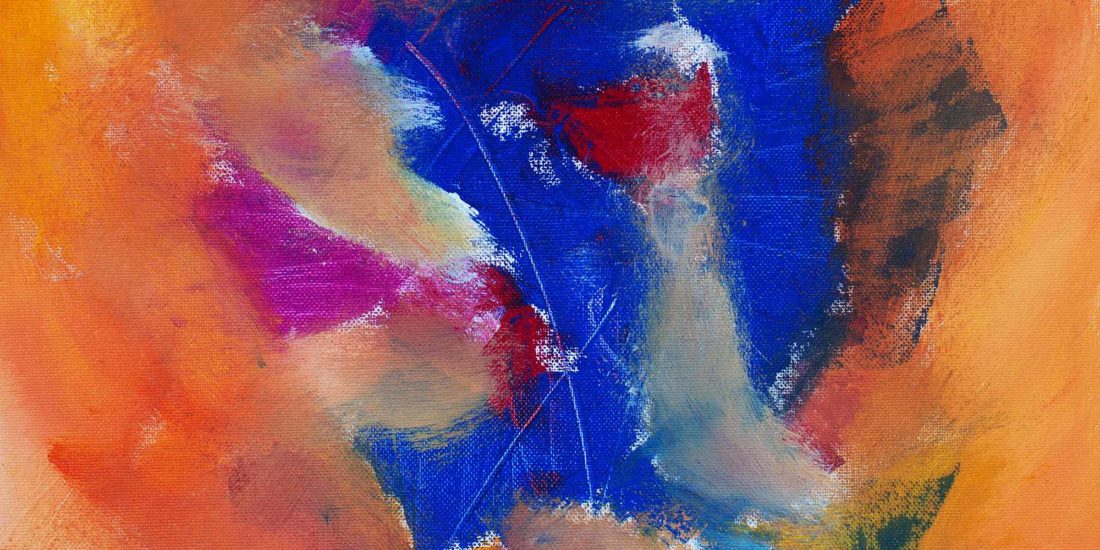IAFOR Journal of Arts & Humanities Volume 6 – Issue 2
Editor: Dr Alfonso J. García Osuna
Published: November 20, 2019
ISSN: 2187-0616
https://doi.org/10.22492/ijah.6.2
Editor's Introduction
 Proliferating with the advent of digital publishing, a variety of journals have been providing expedient fora for academic discussions and debates that focus on every aspect of the arts and humanities. Their diverse features reveal the expanding boundaries that humanist analysis and inquiry have assumed as a response to the technological sea-change. In response to the new challenges, the IAFOR Journal of Arts and Humanities now accepts within its remit a wide range of research topics, including some that years ago might have been considered merely peripheral to its disciplinary province. For many publications, the mission has changed from the highly focused dissemination of research that is meaningful within the context of a given discipline, to that of providing a more extensive forum for the analysis, consideration and discussion of the fundamental aspects of culture.
Proliferating with the advent of digital publishing, a variety of journals have been providing expedient fora for academic discussions and debates that focus on every aspect of the arts and humanities. Their diverse features reveal the expanding boundaries that humanist analysis and inquiry have assumed as a response to the technological sea-change. In response to the new challenges, the IAFOR Journal of Arts and Humanities now accepts within its remit a wide range of research topics, including some that years ago might have been considered merely peripheral to its disciplinary province. For many publications, the mission has changed from the highly focused dissemination of research that is meaningful within the context of a given discipline, to that of providing a more extensive forum for the analysis, consideration and discussion of the fundamental aspects of culture.
Accordingly, this issue of the IAFOR Journal of Arts & Humanities includes the work of a variety of scholars with highly divergent research interests. Gloria Wiederkehr-Pollack’s “The Philological Impact of Biblical Hebrew on the English Language” traces the possible origins of many western European words back to the Hebrew language. Paul Ziek and Mirjana Pantic analyse the market-driven interests that appropriated musician Kurt Cobain’s legacy in “From Anti-hero to Commodity: The Legacy of Kurt Cobain”. K. Neethu Tilakan reads the film The Runner, by the critically acclaimed Iranian Director Amir Naderi, in the context of the Iranian Revolution and of the Iran-Iraq war. Lily Halpert Zamir examines the “God, Where Art Thou?” theme in the literary works of Auschwitz survivors Ka-Tsetnik, Primo Levi and Elie Wiesel. Olubunmi Adekonojo, B. A. Ajiboye, and T. D. Adekonojo explore undergraduate students’ awareness and usage of social media. Susan George’s “Women in Film Time: Forty Years of the Alien series (1979–2019)” is an analysis of the portrayal of women and the feminine in the Alien series of Sci Fi films. C. F. Akpati studies the art and objectives of cartooning in “A Multimodal Discourse Study of some Online Campaign Cartoons of Nigeria’s 2015 Presidential Election”. Amrita S. Iyer studies the characteristics of “delogocentrism” in “A Shot in the Dark: Delogocentrism in Harold Pinter’s The Dwarfs and Luigi Pirandello’s Six Characters in Search of an Author”. Charles Alex Patrick examines the work of Nigerian author Akinwande Oluwole Babatunde Soyinka in “The Role of Anxiety and Anger in Wole Soyinka’s Samarkand and Other Markets I Have Known. Debbie Walter surveys the role of the Latin phrase memento mori in art, reflecting on its function in her own artistic production, in “Memento mori: a Positive and Contemporary Reflection Through Visual Art on a Life Spent Well”.
My editor’s essay “Three Pigs and Some Goats” rounds out an issue that, it is hoped, will appeal to a very diverse audience.
Alfonso J. García Osuna
Editor
Banner image: Markus Spiske / Unsplash

